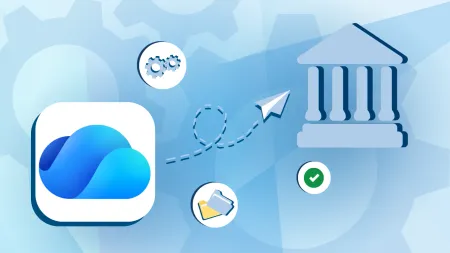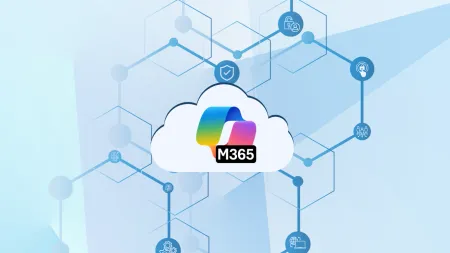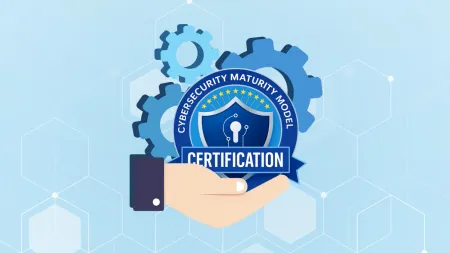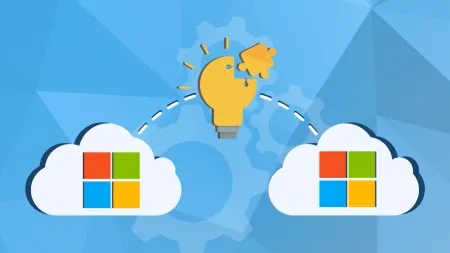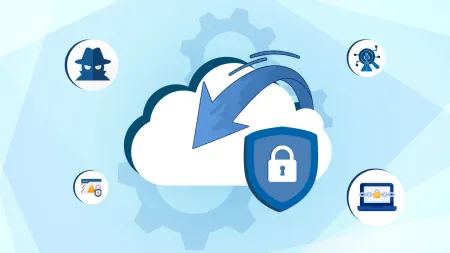4 Questions to Consider Before Moving Files to the Cloud
Discover critical considerations before moving your files to the cloud, including data volume, usage, and user readiness. Learn how Agile IT can optimize your cloud file server migration for efficiency and cost-effectiveness.

After moving to Office 365, you have finally uncovered the advantages of a streamlined cloud productivity platform. To continue reaping the savings in infrastructure and increased productivity, you may want to continue moving files to the cloud. Before dumping data in the cloud — or working with a cloud partner to do so — you need to take a deeper look at your files. Too often, companies migrate file servers to OneDrive, SharePoint or another cloud-hosted platform with the expectation that data will be organized, and users will instantly be able to access it. Without auditing your files and outlining a roadmap to move them to the cloud, you’ll likely end up with bloated storage costs and frustrated users.
Key Considerations for Moving Files to the Cloud
The process of migrating file servers to the cloud is a lot like moving houses. To make the most of the new space, you need to know what you have, how it’s used and where it will work best. Before moving files to the cloud, be sure to think through the following questions:
1. How Much Data Do You Have?
Like moving to a new house, you don’t realize all the files (or stuff) you’ve acquired until the time comes to haul it to a new location. Understanding how much data lurks in your company servers will prepare you for the work that lies ahead and also opens your eyes to what’s truly important.
2. How Much Data Do You Really Need to Keep?
Moving is a great time to declutter and get organized. Do you apply the same thinking to your file server migration? Over the years, you’ve accumulated an impressive data store, but many of those files are duplicates, no longer relevant or rarely touched. By cleaning up your files before the move, you avoid renting a larger “moving truck” to transport the files and a bigger “house” (or file server) to store it all. Completing a file audit beforehand will also speed up the migration process, and planning where files will live saves time spent on post-migration cleanup.
3. Who Currently Uses the Data and How Do They Use It?
By now, you have a better idea of the files you currently have, which are most important and how your employees use them. To fully utilize the new space, you also need to familiarize yourself with the layout before move-in day. You wouldn’t put your family in a new home with no context for which rooms are used for which purpose. The same should apply to your file server migration. For instance, if video streaming is commonplace at your company, then Microsoft Stream might be the right destination for video files. If you have legacy files that your company reviews yearly or needs to hold on to in case of an acquisition, the best place for long-term file storage might be a file server in Azure. If many people in one department collaborate on files daily, those may be best served in Sharepoint. At Agile IT, we’ve found clients that invest time in learning the new cloud system extract the most value from the cloud. That’s why we work directly with each department to understand how they work, which data is mission critical, who uses it and how they use it before devising a datacenter transformation plan.
4. Are You and Your Users Prepared for the Change?
More often than not, businesses don’t anticipate the impact that moving files to the cloud will have on the daily user experience. Although navigating to a new drive might not seem like a burden for users, it will require a business change. If your users aren’t prepared for it; they’ll be hard-pressed to transition. At Agile IT, we understand that transitioning file storage platforms will shake up the way users interact with data. We serve as an internal champion to help educate users on the best ways to access files and iron out potential daily frustrations before they cause undue stress. Beyond users, business owners also have to be open to change. Although you might be hesitant to switch up your users’ daily routines, organizing files and enabling users to access them anywhere will improve productivity in the long run. You just must set expectations for your team — and yourself.
Looking to consolidate your on-premises servers’ infrastructure and better utilize your cloud file servers? Agile IT’s data transformation services provide flexible servers, storage and networking devices hosted in the Microsoft Cloud, so you retain control over apps and resources — without the burden of costly onsite hardware. Learn more about our cloud file server migrations or get in touch today.
